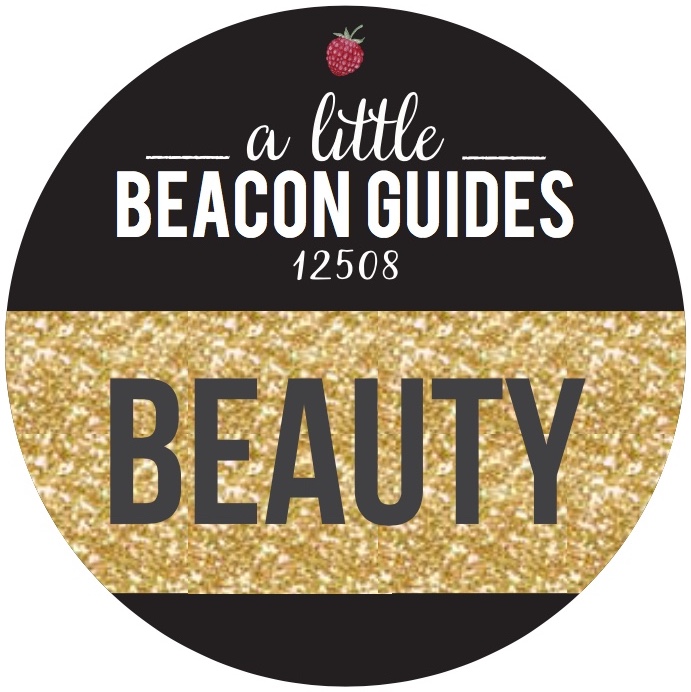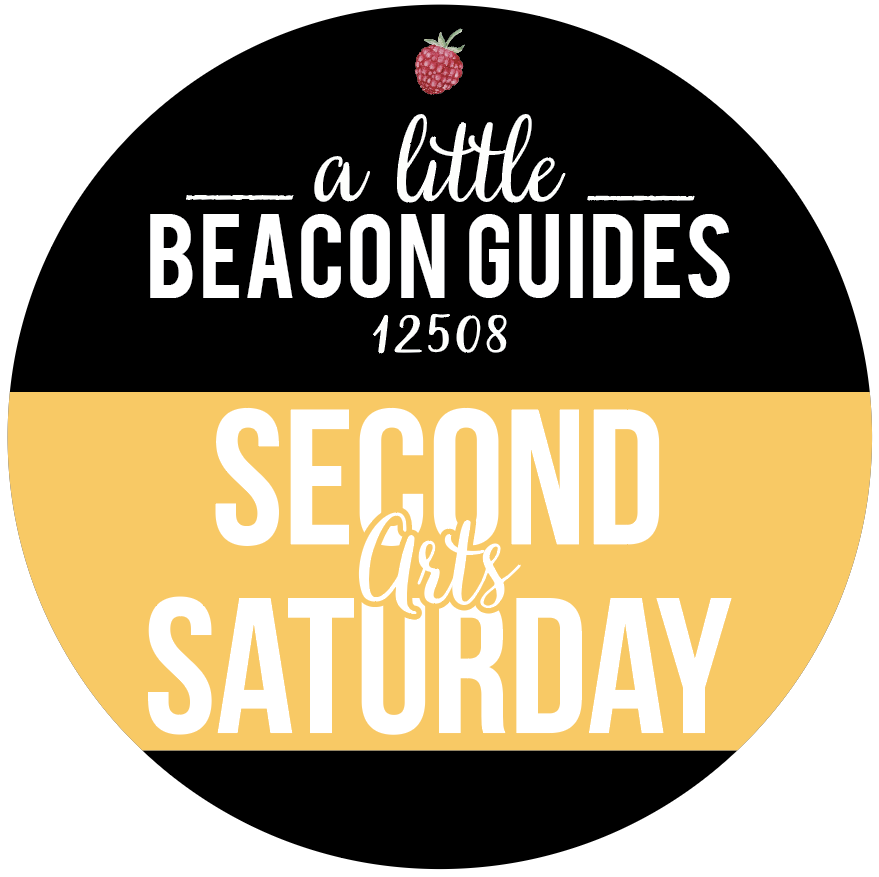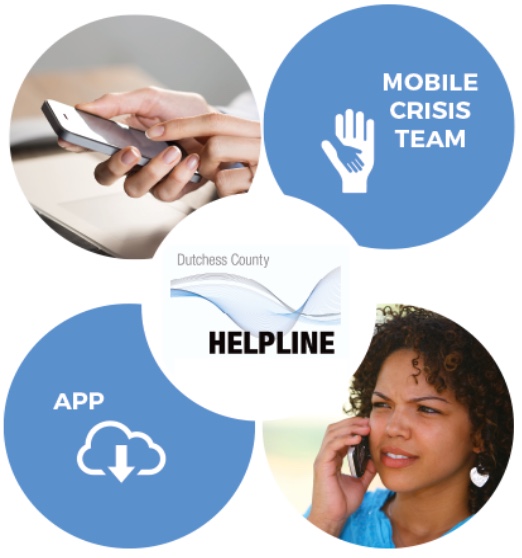Driving for a Transportation Network Company (TNC, like Uber) and Your Personal Automobile Insurance (Sponsored)
/We recently shared that ride-sharing services like Uber and Lyft are now available in the Hudson Valley. We reached out to our friends at Antalek & Moore and Patrick Moore is here to share with us what you should keep in mind insurance-wise before you dive into driving for a ride-sharing service.
Driving for a Transportation Network Company (TNC) like Uber or Lyft may affect the insurance coverage you have purchased. This article addresses standard automobile insurance policies and is general in nature. If you want to drive for a TNC, don’t enter into an agreement without consulting with your insurance agent or insurance company as their approach may differ from the standard.
Three Phases of Ride Sharing
- Phase 1 – A driver is logged in the app and is available to accept a trip. This phase is commonly called “trolling.”
- Phase 2 – A driver has accepted a ride request but has no passenger in the vehicle, i.e. the driver is en route to pick up the rider.
- Phase 3 – The driver is transporting a passenger on a pre-arranged trip.
Livery Exclusion
The standard private-passenger automobile insurance policy has exclusion for livery activity – providing transportation for hire. With this exclusion, your insurance policy is not intended to provide any coverage while driving for hire.
The question (and confusion) arises from trying to figure out what is a livery? Transporting a passenger is usually considered a livery, but what about having the app turned on or driving to pick up a passenger? It not always clear, but provisions have been made to deal with these questions.
TNCs provide insurance protection on a blanket insurance policy they have purchased for a driver while engaged in Phase 2 and Phase 3 travel. The coverage for liability (injuries or property damage to a third party) of $1.25 million is required. The parent company also will provide contingent physical damage coverage (comprehensive and collision) provided the owner is purchasing the coverage for their personal use. The deductibles may be higher than what the person may choose to purchase individually, and there are differences in what each TNC will provide, but the law is specific on the requirement that the TNC provide $1.25 million of liability protection.
Phase 1 – How is that handled?
Phase 1 is where a lot of ambiguity lies. By turning on the app, is a driver engaged in a livery operation? Some carriers say yes, others say no, and still others don’t know. The first thing that we do know is the TNCs are also required to provide basic liability insurance protection during this phase. The limits are lower than what most consumers purchase, however. They are $75,000 for bodily injury liability claims on a per-person basis with a maximum of $150,000 of coverage per occurrence. They also provide $25,000 property damage liability. It is intended that the driver’s personal automobile policy will provide coverage in excess of these limits.There is no provision for physical damage coverage with this option.
Not all insurance companies are happy about providing this coverage. The insurance industry is heavily regulated and coverage language has to be written and submitted to the New York State Department of Financial Services (DFS) for approval. Also, any rates a carrier wants to charge must go through the same regulatory approval process. This process is time-consuming and often takes as long as 12 months. Coverage clarity is not immediate in New York State because this process has not begun.
The status today
Because the authorization for TNCs to operate in New York State came about very quickly, insurance companies have not had time to determine their position on the issue (even though they are dealing with this issue in 40 other states – but each has unique requirements) and they have certainly not had the time to create specific policy language or clear exclusions and get them approved by regulators. The result is that drivers and insurance companies are dealing with a personal automobile insurance product containing exclusion for livery activity without any ability to modify or clarify the intent of the policy.
The DFS has issued emergency regulations to deal with TNCs and insurance. It would appear that the state is requiring insurance carriers to provide coverage during Phase 1 on an excess basis. This is a very recent change. Many insurance carriers are either not aware of this requirement or feel there are some ambiguities and questions, which makes sense since this regulation is a stop-gap measure. All sides need time to clarify answers to many questions. Drivers should know that the TNC is providing primary insurance coverage – the question really is about excess coverage and physical damage during Phase 1.
What to Expect in the Future
The insurance industry will certainly ask DFS to approve new policy amendments that will clarify the livery exclusion. One should expect that this language will look to exclude activity in all three (3) phases however; some carriers may also file for approval some coverage extensions that will allow a customer to buy back some coverage. As mentioned previously, this will take some time. The important thing is to be in constant contact with your insurance agent or carrier.
Where do we Stand Today
Informal surveys of insurance companies range from the position of “We don’t cover this activity now and we don’t anticipate ever allowing it,” to “We are OK with it provided it isn’t a full-time activity.” In the middle, you'll find a lot of “We don’t know how we are going to handle it.” Some insurance carriers will refuse to renew coverage for a person driving for a TNC and some may not. This is why it is important to keep the lines of communication open until the industry files and obtains approval for the correct coverage that driving for a TNC requires.
Antalek & Moore is a sponsor of A Little Beacon Blog, and this article was created with them as part of our Sponsor Spotlight program. It is with the support of businesses like this, that A Little Beacon Blog can bring you coverage of local happenings and events. Thank you for supporting businesses who support us! If you would like to become a Sponsor or Community Partner, please click here for more information.







































